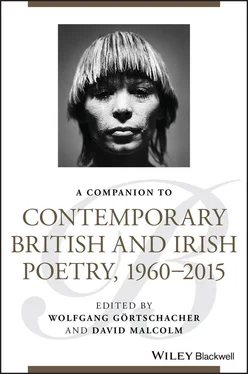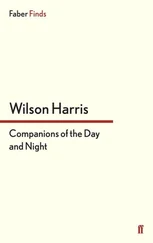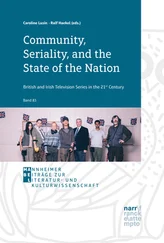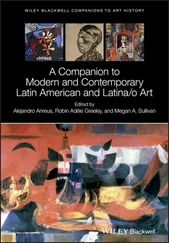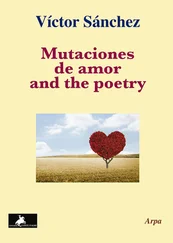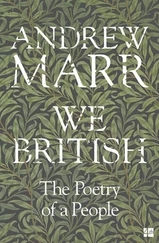It occurred to us that we could retell that story here. But it had been told so often, and is told, we believe—with much else besides (thematic and genre‐ and technique‐centered essays, essays on writers within and without any obviously stellar grouping)—in the span of pieces contained in this volume. We felt we should do something different.
Our premises are twofold. First, the best and fullest engagement with poetry is an engagement, above all, with individual poems. Second—and this is, to a degree, a corollary of the first premise—this engagement involves an analysis and interpretation of what we would call technique, that is, the formal properties of a piece of verse. These properties include line length, stress placement, meter, and a panoply of phonological features (rhyme and other sound effects). These we conceive to be integral to the meaning of a poem, as much as—and in conjunction with—thematic reference and imbrication in the historical and social contexts. These premises have guided the organization of the introduction.
It consists of three parts. In the first, we suggest that a great deal of modern criticism of poetry does everything in its power to avoid speaking about technical aspects of any piece or body of verse. We are not sure why, except that it is probably easier to maunder on impressionistically about the topics of a piece of verse as Fiona Sampson does than to sit down and actually analyze a poem. We contend, however, that if you do not analyze and interpret technique, you are at best only doing half your job. Thus, the second part of this opening chapter contains brief analyses of 20 poems of substance from the period embraced by this collection. Restrictions of available space limit how much we can do in any analysis. We have adopted a minimum technique of analysis, which has the merit of being accessible. We hope readers can see the general principles underlying our approach. We contend that this set of analyses offers some interesting insights into how British and Irish poetries are configured in the second half of the twentieth century and at the beginning of the twenty‐first century. Our discussions perhaps allow a slightly different—and complementary—story to the traditional one. It certainly brings with it some unexpected juxtapositions. Thus, third, we offer some general remarks on British and Irish poetry in the period.
It is, of course, very difficult to prove an absence. 1 However, let us suggest that although the contemporary discussion of contemporary poetry is complex and valuable, there is a tendency to avoid the technical. There is a disposition among commentators to talk of the contextual and the thematic, but not what one might call the formal or the technical aspects of poetry. Let us present some examples.
Here Martin Booth writes about Thom Gunn's poetry in British Poetry 1964 to 1984 (1985).
Gunn wrote with an urgency that was appropriate to the times. This gained him few readers. What got him far more and was to extend his reputation were his poems that were about matters close to the common heart. Lorry drivers, “rockers” in leather jackets, Elvis Presley, death and, in more recent books, homosexuality and drugs.
(226–227)
The topical focus (a correct one, surely, let it be noted) is evident here, as it is in Michael Schmidt's earlier A Reader's Guide to Fifty Modern British Poets (1979), in a comment on Roy Fuller's poetry.
His landscape is finally not Africa but suburbia where, as in the war poems, and sometimes with equal power, he celebrates arrivals, departures, the long ennui.
(250)
Here, however, justice compels one to note that Schmidt, elsewhere in this important study, alludes, if fleetingly, to formal aspects of texts. For example, he writes of Fuller's defense of “threatened forms and values” (245), and of Gunn's use of “strict form and literary idiom,” in contradistinction to his (Gunn's) poems' subject matters (378). One should also note Schmidt's ringing assertion in Reading Modern Poetry (1989):
The abiding meaning of any poem is a function of technical properties –whether deliberately or accidentally achieved – which give it life beyond its occasion and its “ideas.”
(56)
While the point could scarcely be made better, one is compelled to note that a lot of Schmidt's practice in his books is not much guided by it, at least not thoroughly or consistently.
Chapter 4 of David Kennedy's insightful and important book New Relations: The Refashioning of British Poetry, 1980–1994 (1996) deals, at least in part, with Peter Reading's engagement with meter and form (120–153), but such a technique‐oriented approach is not typical of the study. More representative is his Chapter 5, entitled “The Noise of Science,” which focuses on poets' engagement with scientific subjects and scientific lexis (which can be seen as part of a formal concern) (153–184). A representative quotation from Keith Tuma's Fishing by Obstinate Isles: Modern and Postmodern British Poetry and American Readers (1998) is the following on Peter Riley's work. “The ontological concerns of Riley's poems,” Tuma writes, “might call for glosses from any number of modern philosophers,” such as Heidegger and Merleau‐Ponty (219). It is not our intent to suggest that such a perspective is wrong, but to note that it certainly does not seem to see the formal or technical properties of Riley's verse as meaning‐bearing or integral to any analysis or interpretation—or at least, not in any explicit manner.
The topical focus of much commentary on contemporary poetry is also apparent in Fiona Sampson's study Beyond the Lyric: A Map of Contemporary British Poetry (2012). For example, she writes the following about Carol Ann Duffy's poem “Prayer”:
“Prayer” […] offers a redemptive view of the suburbs. It suggests that their particular vision of the quotidian, evoked as a child practicing scales and the shipping forecast of the radio, could offer transcendence.
(123)
It would be hard to tell from this (and this passage is representative of the way Sampson discusses verse) whether the critic is dealing with a poem, an essay, or a short story (one only knows it is not a novel because the title is not in italics). Even when there is an acknowledgement that form is important, the reference is superficial. The following is a comment on the poet Ahren Warner. He is,
on the page at least, a brainy flâneur who seems to have emerged fully formed. Already fascinated by, and thinking through, broken poetic forms and continental philosophy when he was still in his teens, Warner is no scholarly postmodernist mumbling to himself. His is an engaged, boulevardier's voice. He may allude to philosophers and their ideas but […] does so simply because this material is within range of a well‐stocked mind. His light touch with such material can be deliciously witty.
(206–207)
What are these “broken poetic forms,” one wants to ask? One notes no mention of the substance of verse here—line length, line breaks, rhythm, meter, and sound. What is the use of this impressionistic insubstantiality? Such comments as mentioned earlier are more disappointing because Sampson insists that her book is concerned with the “craft” that “poem‐making largely involves” (280–281). It is not clear where the author deals with “craft” as we would understand the term. In justice, it has to be said that elsewhere Sampson does concern herself with something like “craft.” For example, in the special numbers of Agenda (Spring/Summer 2011) devoted to John Burnside's poetry, she does discuss rhythmic aspects of his verse, along with sentence length, stanza and line breaks, and phonological aspects of his texts (115–118). However, the conclusions she draws from such analysis are impressionistic and subjective, and opaque. Burnside's poetry has “an accelerated, slippery tunefulness” (114), and he belongs to a “school of expanded lyricists” (119). It is very hard to know what Sampson means by either comment.
Читать дальше
